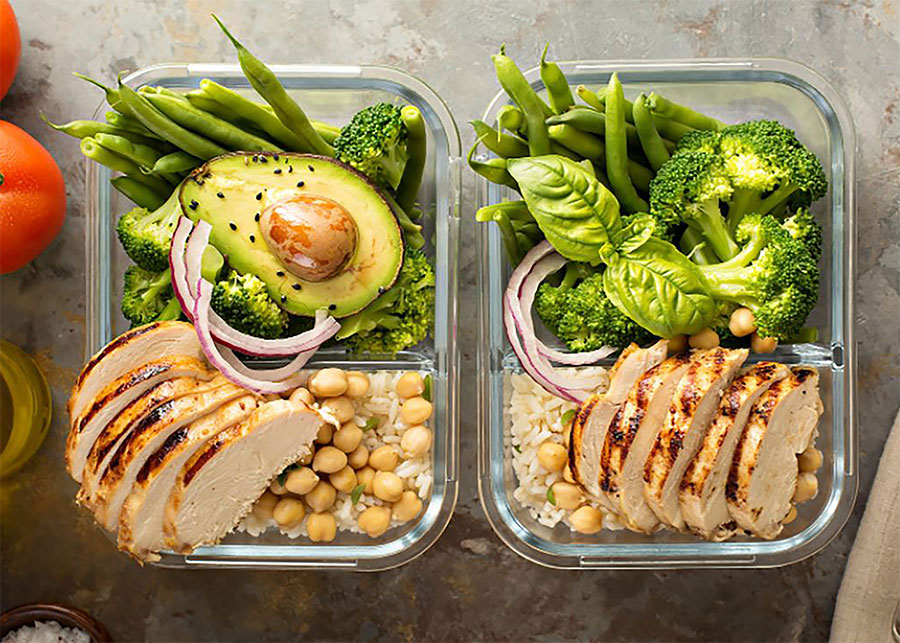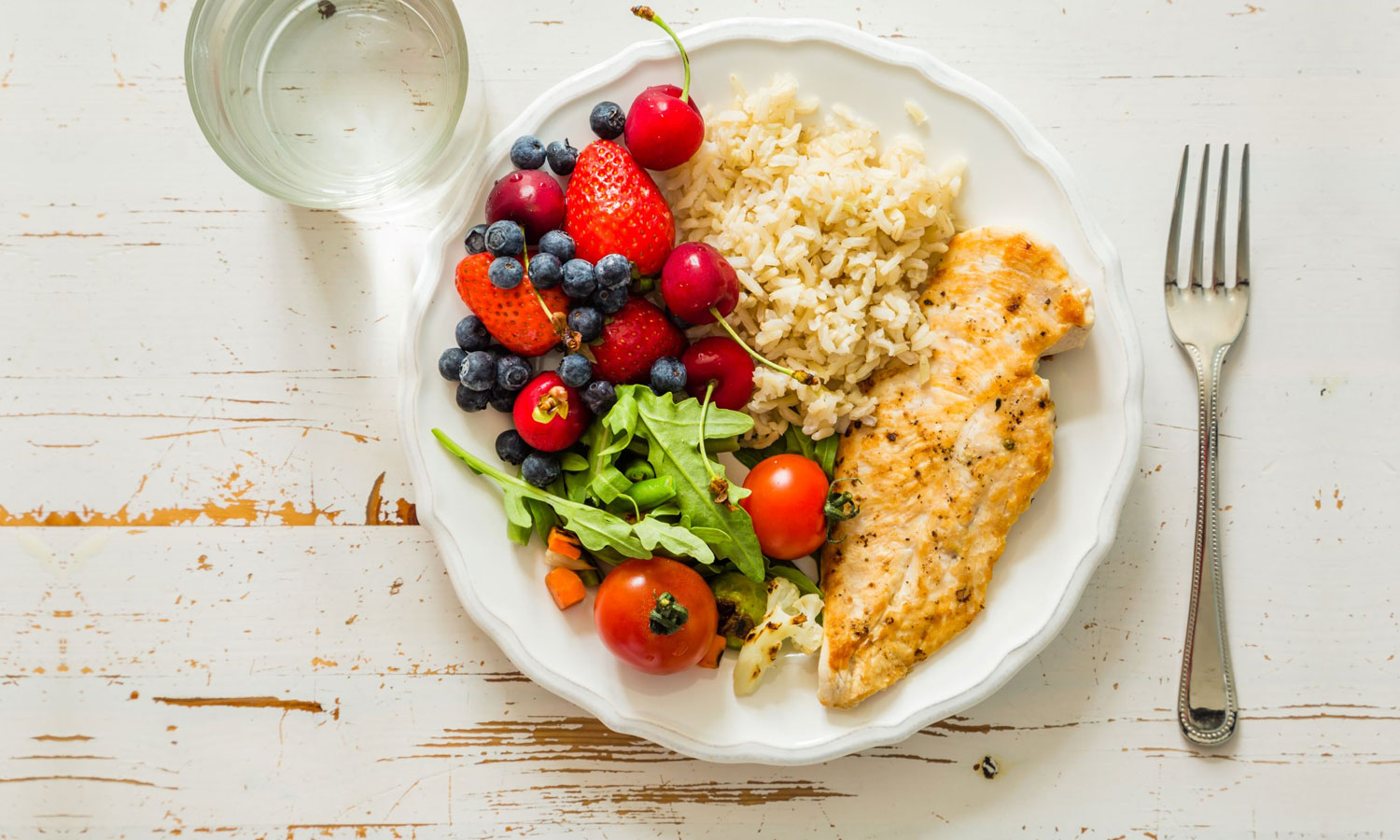Many people struggle with weight loss, and while there are various methods, one critical aspect that cannot be ignored is portion control.
Portion control refers to eating a specific amount of food at each meal or snack. This concept is essential for weight loss because consuming more calories than the body needs leads to weight gain. By controlling the portion sizes, individuals can regulate the number of calories they consume, which can lead to weight loss.
One of the primary reasons for the current obesity epidemic is the widespread availability of large portions. Research shows that people tend to eat more when given larger portions, and they often underestimate the amount of food they eat. For example, a large portion of French fries at a fast-food restaurant can contain up to 500 calories, which is almost a third of the recommended daily calorie intake for an adult.


Portion control does not mean that one has to deprive themselves of food or eat only small amounts. Instead, it involves paying attention to the amount of food one eats and choosing healthy options. A balanced diet consisting of whole grains, lean protein, fruits, and vegetables can provide all the essential nutrients that the body needs while keeping the calorie intake in check.
Another advantage of portion control is that it helps individuals develop a healthy relationship with food. People who eat mindfully tend to enjoy their meals more, feel fuller, and are less likely to overeat. Mindful eating involves paying attention to hunger cues, eating slowly, and savoring the flavors and textures of the food. This approach to eating helps individuals appreciate and enjoy their food while also controlling their calorie intake.

The key to portion control is to have a basic understanding of serving sizes. Portion sizes can vary depending on age, gender, and activity level. The USDA has provided guidelines for recommended serving sizes, and it’s a good idea to refer to these guidelines when planning meals.
Adopting portion control can be challenging at first, especially if you are used to eating larger portions. However, there are several practical ways to incorporate portion control into your eating habits.
Here are some ideas:
- Use smaller plates and bowls: This is a simple trick that can help make your portion sizes look more significant than they are. Choose smaller plates and bowls, and you’ll be more likely to eat smaller portions.
- Measure your food: Use measuring cups, spoons, or a food scale to measure out your food portions. This will give you an accurate idea of how much you are eating and help you control your calorie intake.
- Read food labels: Pay attention to serving sizes listed on food labels. This will help you understand how much of a particular food you should eat to stay within your calorie goals.
- Plan your meals: Plan out your meals in advance and portion out your food accordingly. This will help you avoid overeating and ensure that you are getting the right balance of nutrients.
- Eat slowly and mindfully: Take your time when eating, and savor the flavors and textures of your food. Eating slowly can help you feel full faster and prevent overeating.
- Drink water: Drinking water before meals can help you feel full faster, and you’ll be less likely to overeat.
- Avoid distractions: Try to avoid eating while watching TV, scrolling through social media, or working on your computer. Distractions can cause you to overeat because you’re not paying attention to your body’s hunger signals.
Remember, adopting portion control is about finding a balance between enjoying your food and maintaining a healthy weight. By using these ideas and finding what works best for you, you can successfully adopt portion control and achieve your weight loss goals.










